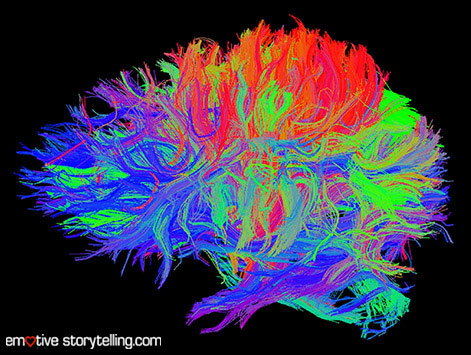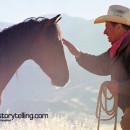 Mike Bradley joined the Army to be a medic, but an improvised explosive devise and traumatic brain injury cut his career short. With health issues and without a degree, his employment options were limited. But through connections, resources and the Wounded Warrior Project, today he is a supervisor at a security consulting firm.
Mike Bradley joined the Army to be a medic, but an improvised explosive devise and traumatic brain injury cut his career short. With health issues and without a degree, his employment options were limited. But through connections, resources and the Wounded Warrior Project, today he is a supervisor at a security consulting firm.
Marine Hector Medina came home from his second deployment to Iraq with intense memories of warfare and PTSD. To stop borderline violent behavior, he began a program of individual and group therapy and took yoga classes at a post-deployment health center. Now Medina is a principal administrator for the U.S. Marine Corps.
On an amphibious assault ship in Kuwait, Navy Yeoman Jennifer Murphy fell headfirst down a ladder-well and was not expected to survive the brain injury and vertebrae fracture. Beating the odds, she learned to walk and talk again, and then returned to the Navy for two more years of limited duty. Today she’s a vocational rehabilitation counselor at the U.S. Department of Veterans Affairs.
What inspires many people in these three stories is the repetitive theme of overcoming obstacles. Repetition is one of the keys to emotive storytelling and one of the ways to learn that change is possible. We employ repetition and other techniques to engage readers and watchers – and then we help turn a possibility into a reality. We use those techniques because we know repetition and learning increases dendrite formation in the brain. The same techniques have been used to heal brain injury, and they can be used to improve many health behaviors.










You’re saying that repetition can change behavior?! Are you kidding me? We’ve repeatedly told our veterans in rehab about the benefits of a healthy diet and exercise and we’ve seen nothing but pour outcomes! How can you explain that?